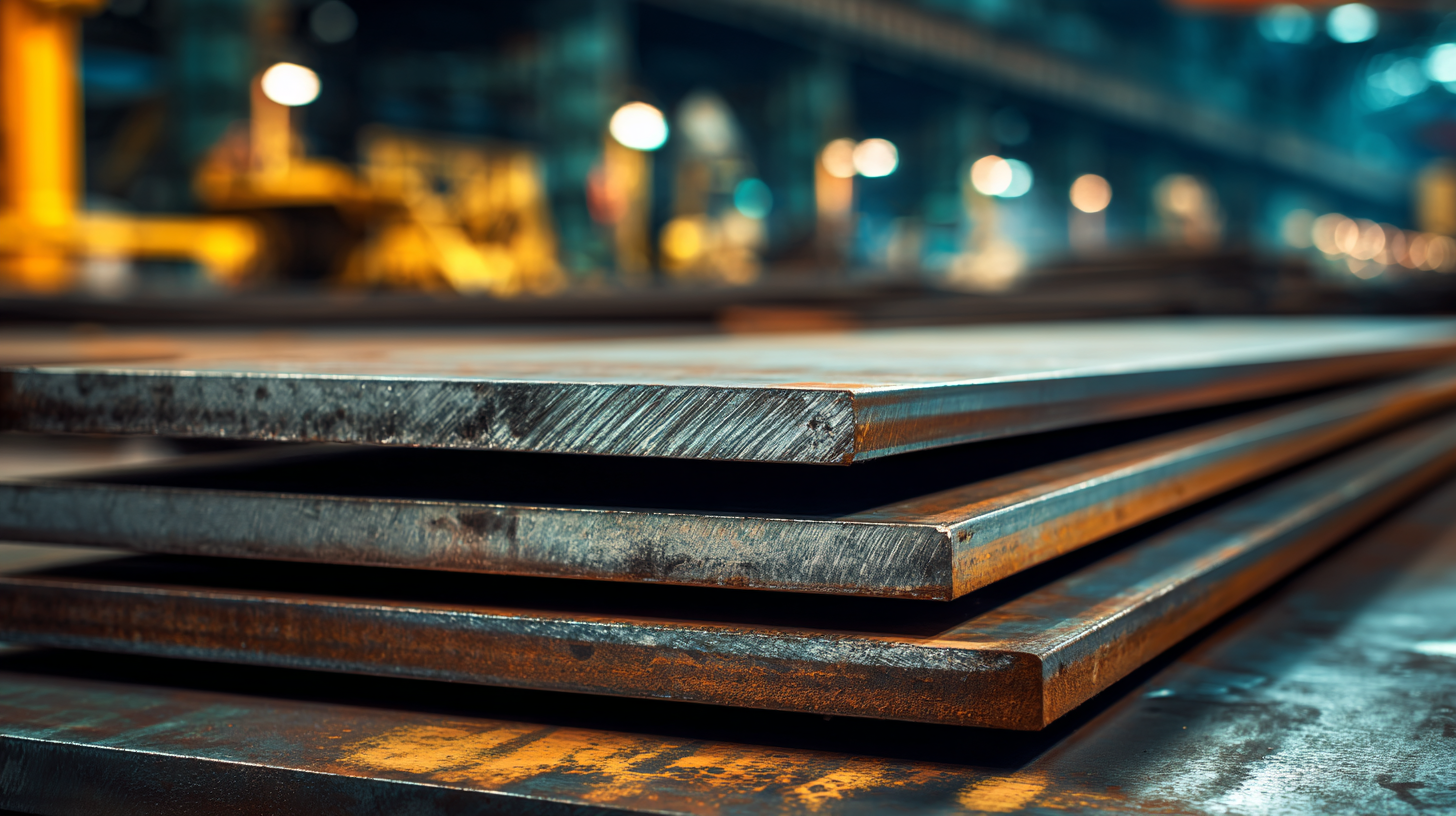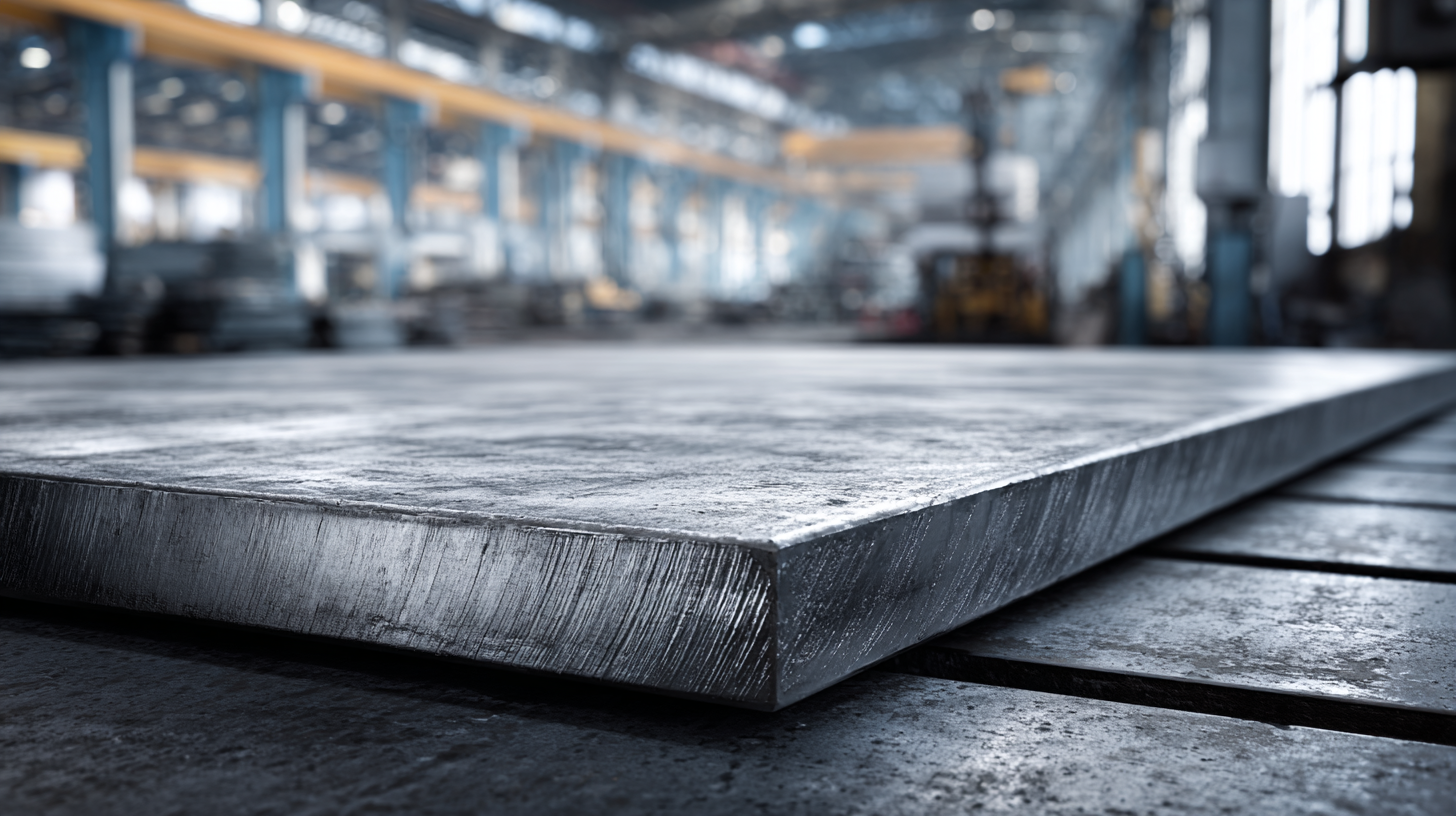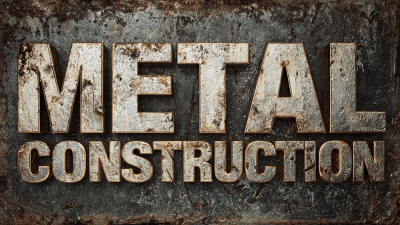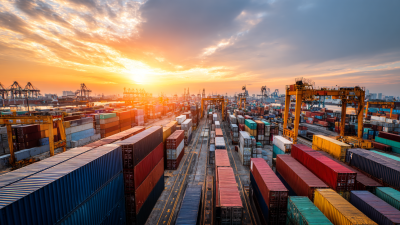
Selecting the right metal plate for your industrial needs is a critical process that can significantly impact the efficiency and success of your projects. With a vast array of options available, including different types of metals, thicknesses, and surface finishes, making an informed choice necessitates a clear understanding of your specific requirements. Metal plates are used in various applications, from construction and manufacturing to automotive and aerospace industries, each demanding unique properties to ensure optimal performance. Factors such as strength, weight, corrosion resistance, and cost-effectiveness must be considered when assessing which metal plate to use. This guide aims to equip you with the essential knowledge and practical tips to navigate through the selection process, ensuring you choose the most suitable metal plate that meets your operational needs while enhancing your project's durability and longevity.

When selecting the right metal plate for industrial purposes, it’s crucial to understand the unique characteristics and applications of various types of metal plates. For instance, the Straight Metal Bone Plates market is witnessing growth driven by advancements in materials like titanium alloys and stainless steel, particularly in orthopedic and trauma surgery applications. These materials offer robust strength and biocompatibility, making them ideal for medical applications. According to recent market reports, the demand for these plates is expected to expand significantly by 2033, reflecting a broader trend in the use of high-performance materials across various sectors.
Another notable development is the use of composite steel plate shear walls, which are analyzed through nonlinear Finite Element methods to predict their shear capacity. This innovative approach underscores the importance of tailored metal solutions in structural engineering, offering enhanced safety and stability in construction. When assessing metal plates for construction projects, consider the shear strength and performance characteristics specific to composite materials.
**Tips:** Always assess the specific load requirements and environmental conditions when selecting metal plates. Additionally, stay informed about advancements in material science, as new composites and alloys continually emerge, offering improved performance for specialized applications.
When selecting the right metal plate for industrial applications, several key factors must be considered. First and foremost is the material type, which can significantly affect performance. For instance, according to the Global Steel Market Report, stainless steel accounts for approximately 50% of the industrial metal plate consumption due to its corrosion resistance and durability. Applications requiring high strength and weight-bearing capability might favor carbon steel, which, as noted by the American Institute of Steel Construction, has a yield strength ranging from 36,000 to 100,000 psi, making it suitable for heavy-duty industrial frameworks.

Another crucial aspect is the thickness and size of the metal plate. The World Steel Association emphasizes that the thickness of metal plates can vary widely, with heavy plates exceeding 2 inches being common in construction and manufacturing sectors. Additionally, the finish of the plate is vital for certain applications, particularly in environments exposed to chemicals or extreme weather. A 2022 report from the International Metalworking Association pointed out that plates with a hot-dipped galvanization process can enhance longevity by providing an extra layer of zinc protection, making them a preferred choice for outdoor applications. These factors underscore the importance of aligning specific operational requirements with the properties of the metal plates selected.
When selecting metal plates for industrial applications, evaluating strength and durability is paramount. The specific environment in which the metal will be used dictates the necessary tensile strength and resistance to wear. For example, applications subject to heavy loads or extreme temperatures require materials like steel, which offers high strength and excellent toughness. In contrast, aluminum plates may suffice for less demanding environments due to their lightweight and moderate strength properties.
In addition to tensile strength, assessing resistance to corrosion and environmental factors is crucial. Industries operating in harsh conditions, such as marine or chemical environments, should prioritize materials with enhanced durability, such as stainless steel or coated metals. Understanding these requirements ensures that the chosen metal plate not only meets immediate project demands but also provides longevity and reduces maintenance costs in the long run. By balancing strength and durability with specific application needs, businesses can make informed decisions that enhance operational efficiency and safety.
| Metal Type | Tensile Strength (MPa) | Yield Strength (MPa) | Durability Rating | Weight (kg/m²) |
|---|---|---|---|---|
| Steel | 400 | 250 | High | 7.85 |
| Aluminum | 300 | 210 | Medium | 2.70 |
| Stainless Steel | 500 | 215 | Very High | 8.00 |
| Titanium | 900 | 700 | Extremely High | 4.51 |
| Copper | 210 | 70 | Low | 8.96 |
When budgeting for metal plate selection in industrial settings, it is essential to compare costs effectively to find the right material that meets both performance and financial requirements. Various types of metal plates are available, each with its unique properties and price points. Factors such as the intended application, required strength, and environmental resistance should guide your decisions, alongside considering how these factors impact overall costs.
Recent trends in manufacturing highlight a growing array of options at competitive prices, making it easier to find affordable yet high-quality solutions. Just as the mechanical keyboard market has seen an influx of brands offering budget-friendly alternatives without compromising on features, the metal plate industry is experiencing similar changes. By thoroughly researching available options and staying informed about market prices, you can manage your budget effectively, ensuring that you select a metal plate that aligns with your operational needs while remaining cost-efficient.
When sourcing quality metal plates for industrial applications, finding reliable suppliers is crucial. Begin by conducting thorough research to identify suppliers with a solid reputation in the industry. Look for companies that have established longevity and positive customer reviews, as these factors often indicate reliability and quality. Additionally, consider suppliers who specialize in the type of metal plates you need, whether it be aluminum, steel, or another material, as their expertise can prove invaluable.

Once you have a list of potential suppliers, it’s essential to evaluate their offerings. Request samples to assess the material quality firsthand and verify that the plates meet your specific standards and certifications. Communication is key; a responsive supplier who is willing to address your questions can indicate their commitment to customer service. Lastly, don’t hesitate to inquire about their sourcing practices and supply chain transparency to ensure that the metal plates you purchase come from responsible and ethical sources.





